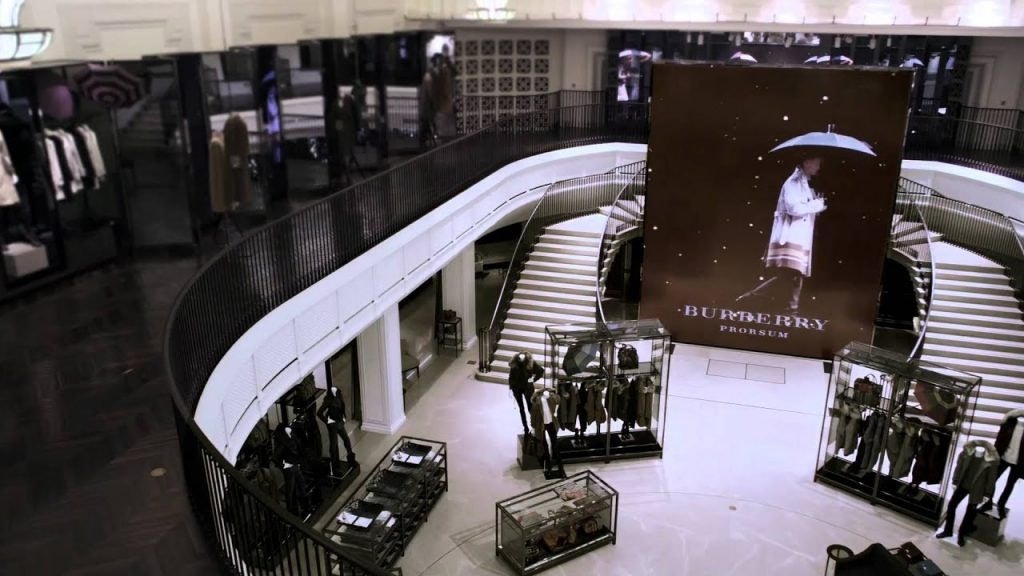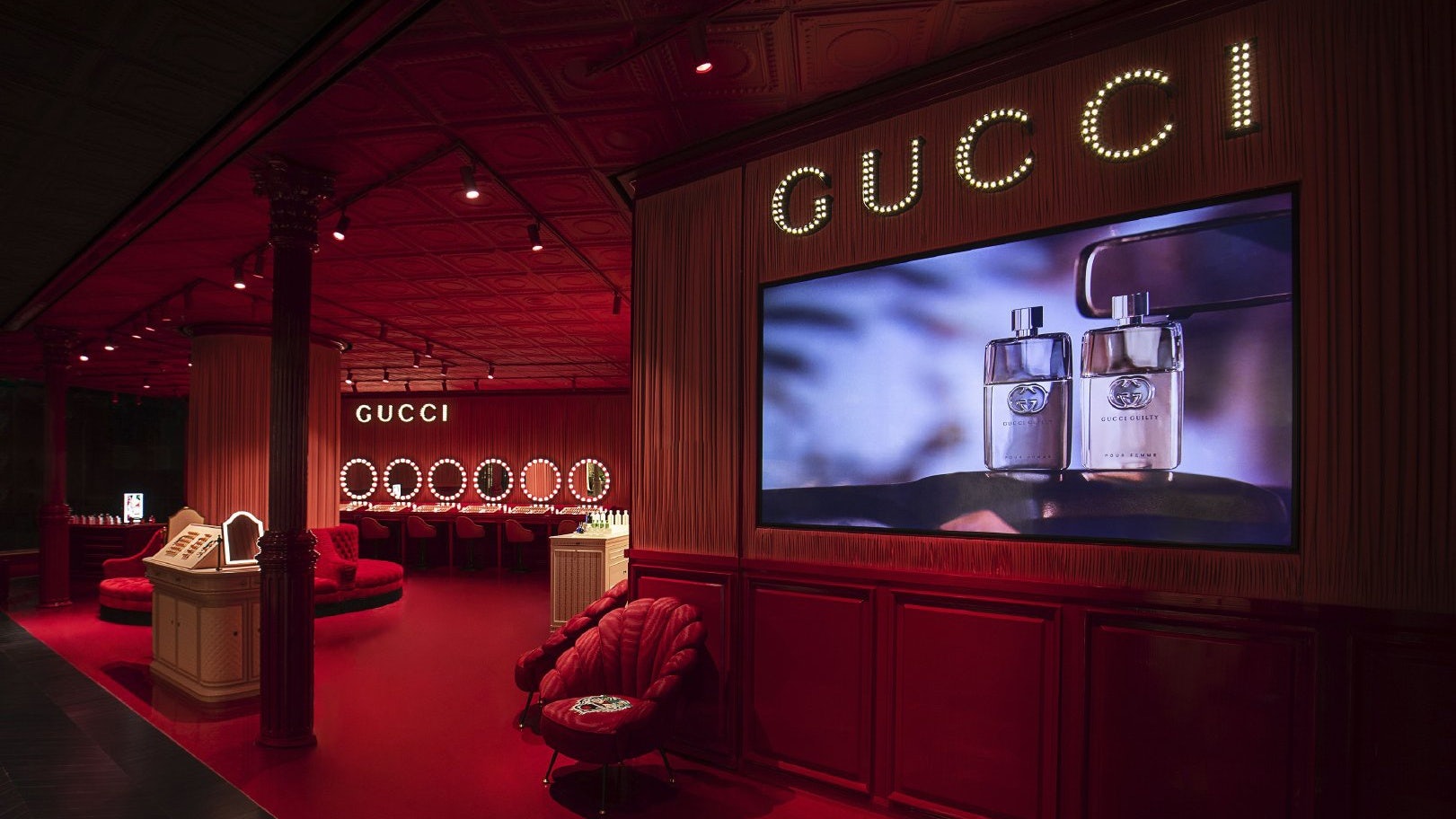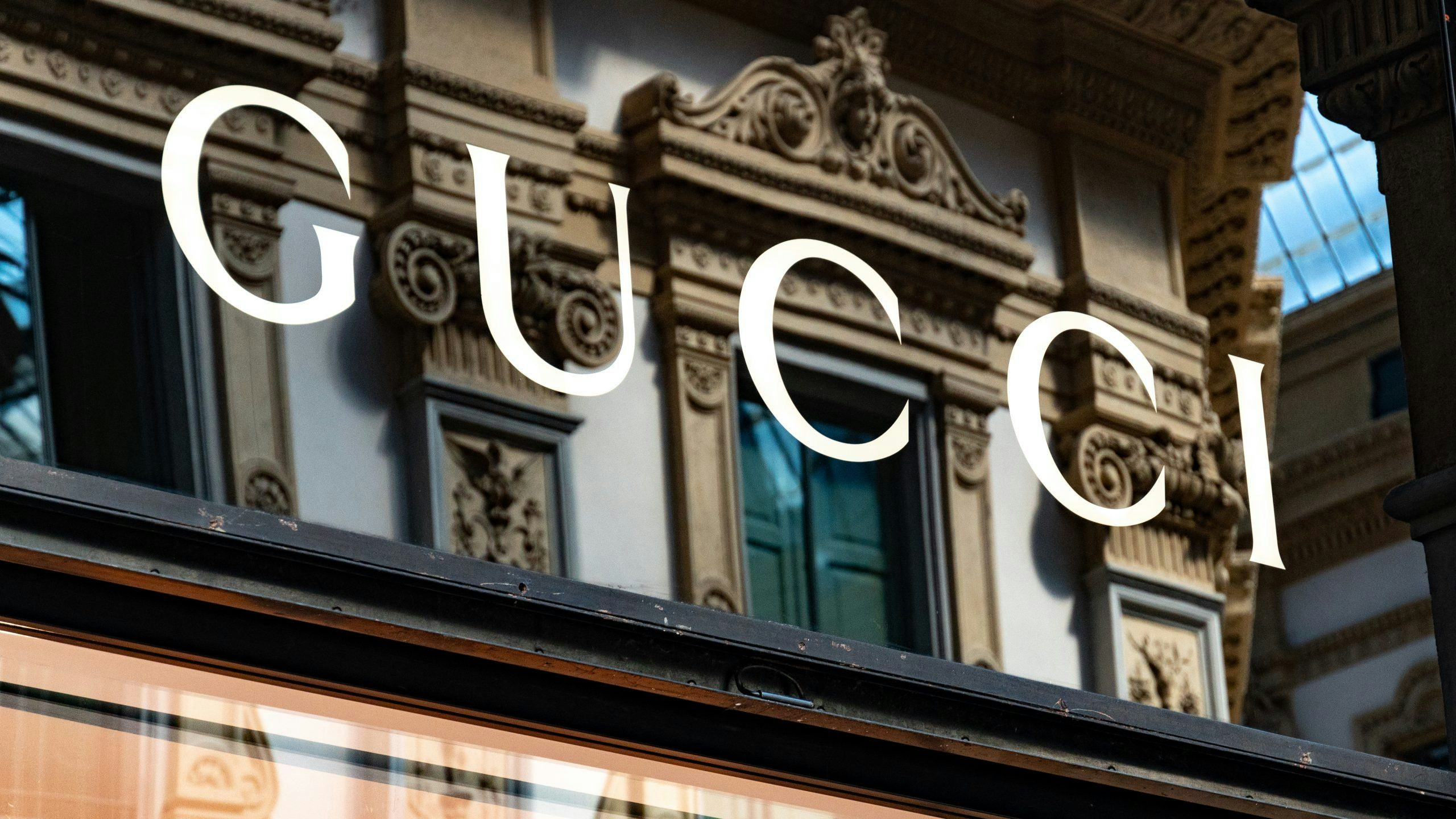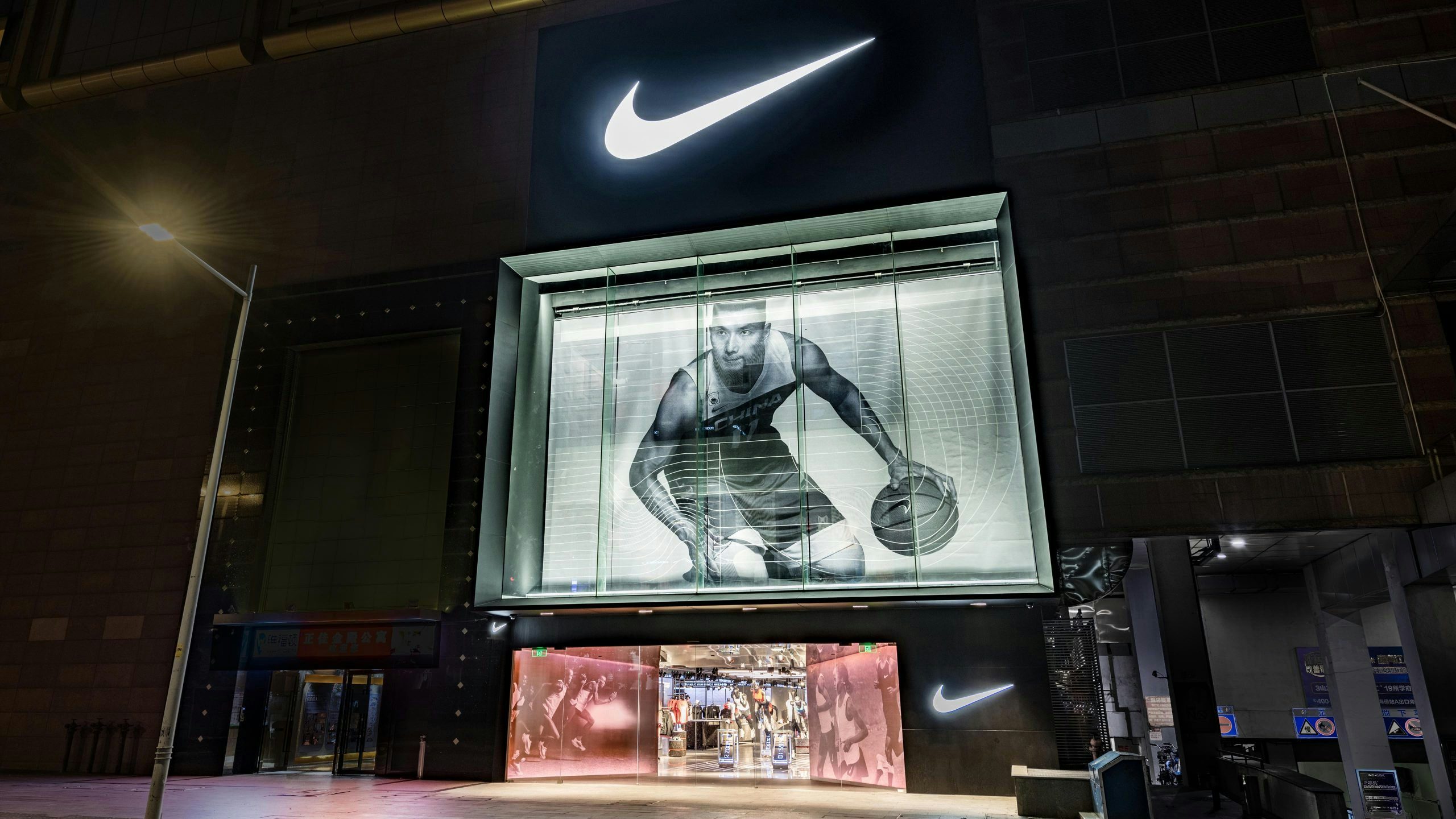Key Takeaways:#
The COVID and post-COVID eras in luxury have been defined by the increased importance of online purchases. In fact, some retail experts suggest that the future of sales is moving exclusively online.
Digitally-native millennials have been reconsidering the role of physical stores for years since online shopping delivers more interactivity, information sharing, brand awareness, convenience, choices, and suggestions — not to mention safety during a pandemic.
The top reason (68 percent of interviewees) Chinese millennials chose to make their purchases in a physical store was that they needed to “see, touch, and try” the product, while another 44 percent mentioned the higher quality of service compared to online.
To a large majority of Chinese millennials, e-commerce shopping is their favorite leisure activity, which is why Gucci recently opened two mono-brand online stores on Alibaba's Luxury Pavilion. As the first fully-digital Gucci flagship store, they now offer over 750 million users access to Gucci's collections via an online setting that’s remarkably similar to the brand’s physical flagship store.
It’s the next step in Gucci’s global, “digital-first” approach — one that is particularly aimed at China. Online retailing has undoubtedly contributed significantly to the growth of luxury sales in China, and it has been led by the country’s millennial consumers.
Yet, physical retail locations — a place where consumers can experience a brand through all of their senses — are still a significant shopping motivator. And thanks to smart technologies, the boundaries between digital and physical locations are starting to blur — with omnichannel strategies forever altering the old practices of retail management while reimagining online sites to mimic live retail experiences.
At the forefront of these new digitization efforts is China, which has seen the significant deployment of technologies capable of boosting luxury brand awareness and customer relationships. First introduced to support customer data management, technology-driven innovation is now effectively used to reimagine customer engagement. As such, smart technologies and digitalization have become integral components in various brand strategies, from Burberry and Farfetch’s trailblazing X-Reality strategies to Prada and Versace’s more recent ventures.

Necessarily, the COVID and post-COVID eras in luxury have been defined by the increased importance of online purchases. In fact, some retail experts suggest that the future of sales is moving exclusively online, proposing a so-called “phygital” approach in China. And although many global brands have reduced their flagship store numbers since the pandemic began, many online startups have opened new physical popups and concept stores. So what does the future really hold for physical retail?
Dennis Valle, the former chief marketing officer for Versace, says, “We are witnessing the beginning of a significant shift in consumption habits. Chinese millennials expect 360-degree storytelling, and luxury fashion brands need to be ‘curated’ rather than just sold. Luxury is not just a brand matter. The ‘story’ must come with a seamless online-to-offline connection as the core of a ‘retailtainment’ experience.”
Digitally-native millennials have been reconsidering the role of physical stores for years since online shopping delivers more interactivity, information sharing, brand awareness, convenience, choices, and suggestions — not to mention safety during a pandemic.
However, one can only satisfy the need to touch outfits and experience an immersive brand culture inside a physical flagship store. According to a 2020 survey by the BRaND LuxuryLab at Excelia Business School, the top reason (68 percent of interviewees) Chinese millennials chose to make their purchases in a physical store was that they needed to “see, touch and try” the product, while another 44 percent mentioned the higher quality of service compared to online.
Nonetheless, Chinese millennials surely aren’t renouncing the interactivity of online shopping that fits seamlessly into their social spaces like Weibo and WeChat. Having grown up in a highly digitized ecosystem, they now expect flagship stores to experiment digitally (nine of ten Chinese millennials prefer their in-person experiences to be digitally-friendly when making a luxury purchase decision, according to McKinsey’s 2019 report The Chinese Luxury Consumer.)
An authentic brand experience requires a customer to move seamlessly between e-commerce and brick-and-mortar shopping. Today, the customer experience is not defined by individual interactions but by the sum of all brand interactions, regardless of whether the customer is online or offline.
But smart retail has already been serving customers for a few years. Burberry’s flagship store in London was the first to establish a new model that broke the boundaries of traditional retail, and Hermès’ 2018 “Silk Mix” event in Beijing was a great example of a true omnichannel initiative: an innovative pop-up store/WeChat Mini Program combination that increased traffic to the Hermès official account while attracting thousands of guests to its event.

Those examples could be followed by other brands, particularly those interested in consolidating their positions with China’s millennial segment. In recent years, we’ve seen the many advantages associated with smart technologies and digitalization, such as the creation of brand communities, the ability to influence shopping attitudes/decisions, and a way to increase consumer engagement that organically grows brand value. But a deeper brand-customer relationship can only happen if a “real” — yet innovative — store is part of the strategy. In fact, a truly blended digital and physical retail is what may cede luxury brands a future competitive advantage.


